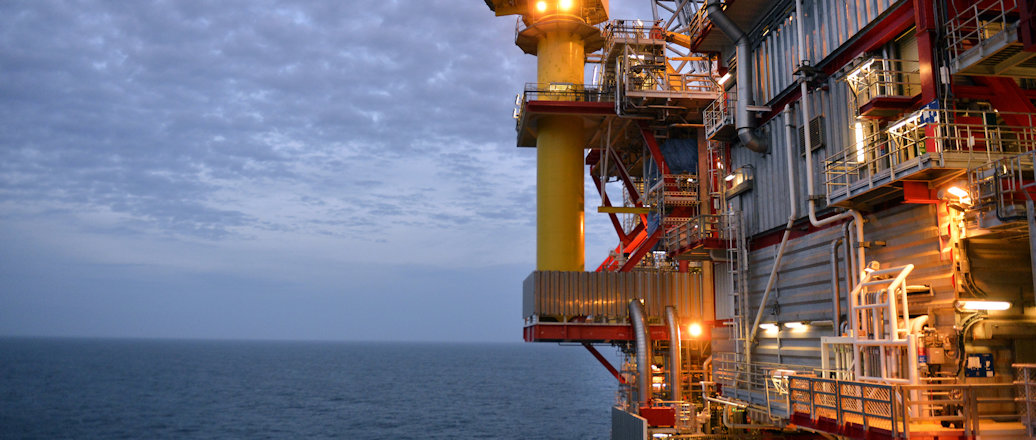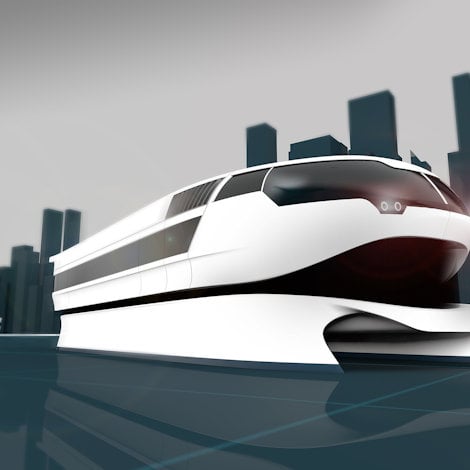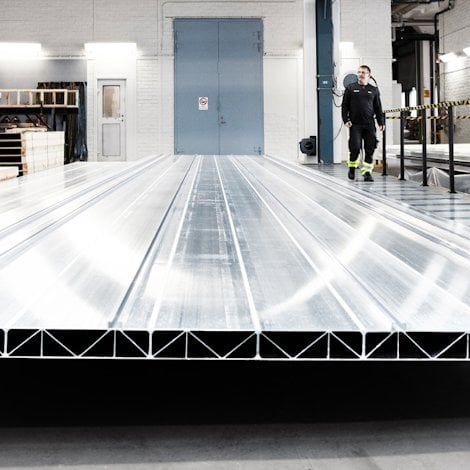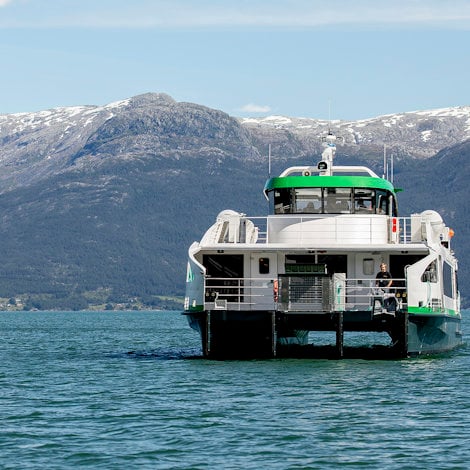Aluminium a seaworthy alternative
The first all-aluminium marine vessels were built back in the 1890s, but the advantages of aluminium over carbon fiber and other composite materials are still largely unknown.
Aluminium is an ideal choice for offshore structures and for vessels of all kinds. I’ll tell you why, but first let’s bust a couple of damaging myths that are out there.
One thing I hear is that aluminium is flammable. The truth is that aluminium is non-combustible. It has better fire protection capabilities than carbon fiber, which has flammable resins in it.
Another myth is that aluminium is weak and can crush like a Coca-Cola can. The truth is that aluminium is strong. It can be designed for applications like cans but aluminium extrusions can also be made strong and durable. It all depends on the application and the engineering behind it.
Why lighter is better
There are many other advantages to using aluminium in the marine sector. Despite its strength, aluminium is very light, thanks to its low density. This means that vessel designers can achieve weight savings of 40 percent over steel. For more information, read Tommy Hertzberg’s report on the LASS project – lightweight construction applications at sea.
Composite materials might be light to begin with, but because they require more fire protection than aluminium, their finished weight is heavier than aluminium. The extra fire protection needed for composite materials was one of the findings in the LASS project.
Lighter boats in turn reduce the need for ballast and enable higher speeds, making aluminium the perfect choice for high-speed ferries, luxury yachts or offshore vessels. Less weight leads to lower vessel fuel costs as well.
Lower costs also can be achieved in the construction phase of shipbuilding through advances in cutting and welding processes. The simpler process reduces assembly time and has a positive impact on a vessel’s endurance.
Using aluminium can also reduce maintenance costs. This is because aluminium is less corrosive than steel, which is especially beneficial in saltwater, and it doesn’t need to be painted, which is a big advantage for offshore applications.
Aluminium in structural applications offshore
As with the marine industry, the offshore sector uses aluminium most commonly in structural applications, such as floors, framework, housing modules and helipads. Weight saving is one of the levers for reducing cost offshore, too, due to its direct impact on transportation cost as well as cost and time for installation and decommissioning.
There is no greener metal than aluminium. It can be recycled endlessly without compromising on quality. In fact, nearly 75 percent of all aluminium produced is still in use today. You cannot say the same about carbon fiber and other composites, which are made with resin layers and other materials that make them difficult to grind down and recycle. Looking at the various materials used in the marine sector from a life-cycle perspective, aluminium wins hands down.
Taking all these factors into consideration, which material will you choose for your next vessel?








